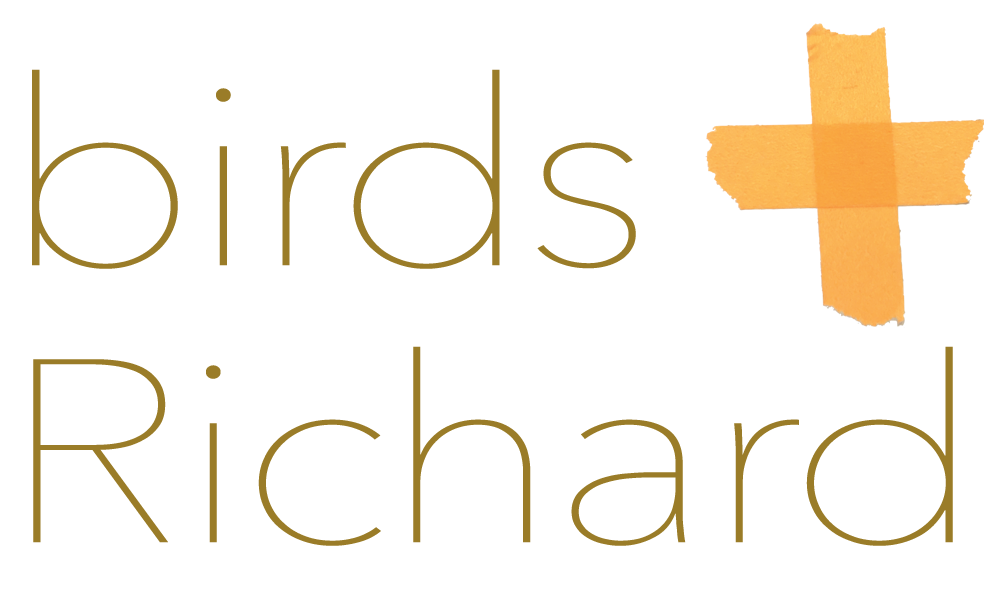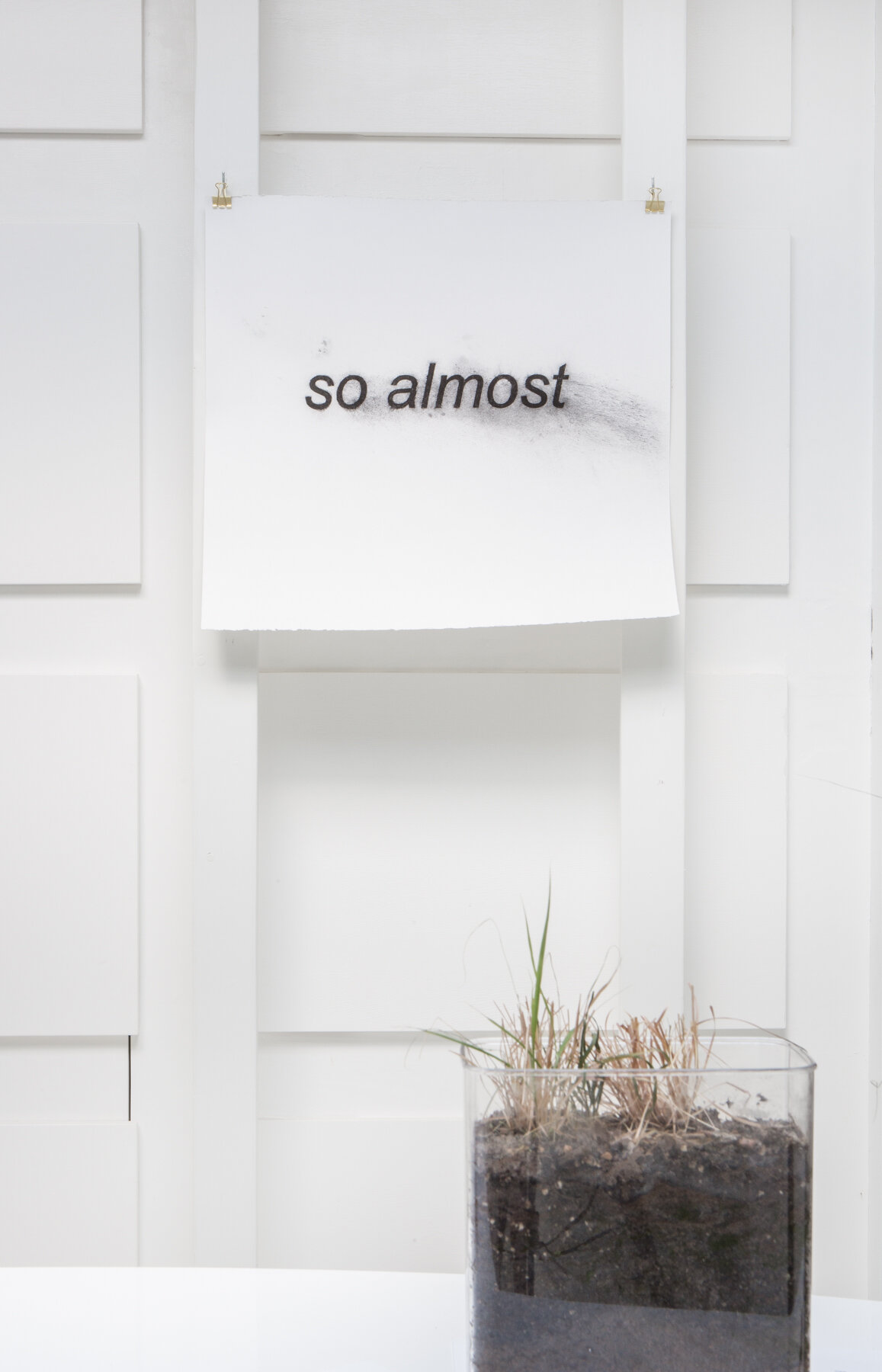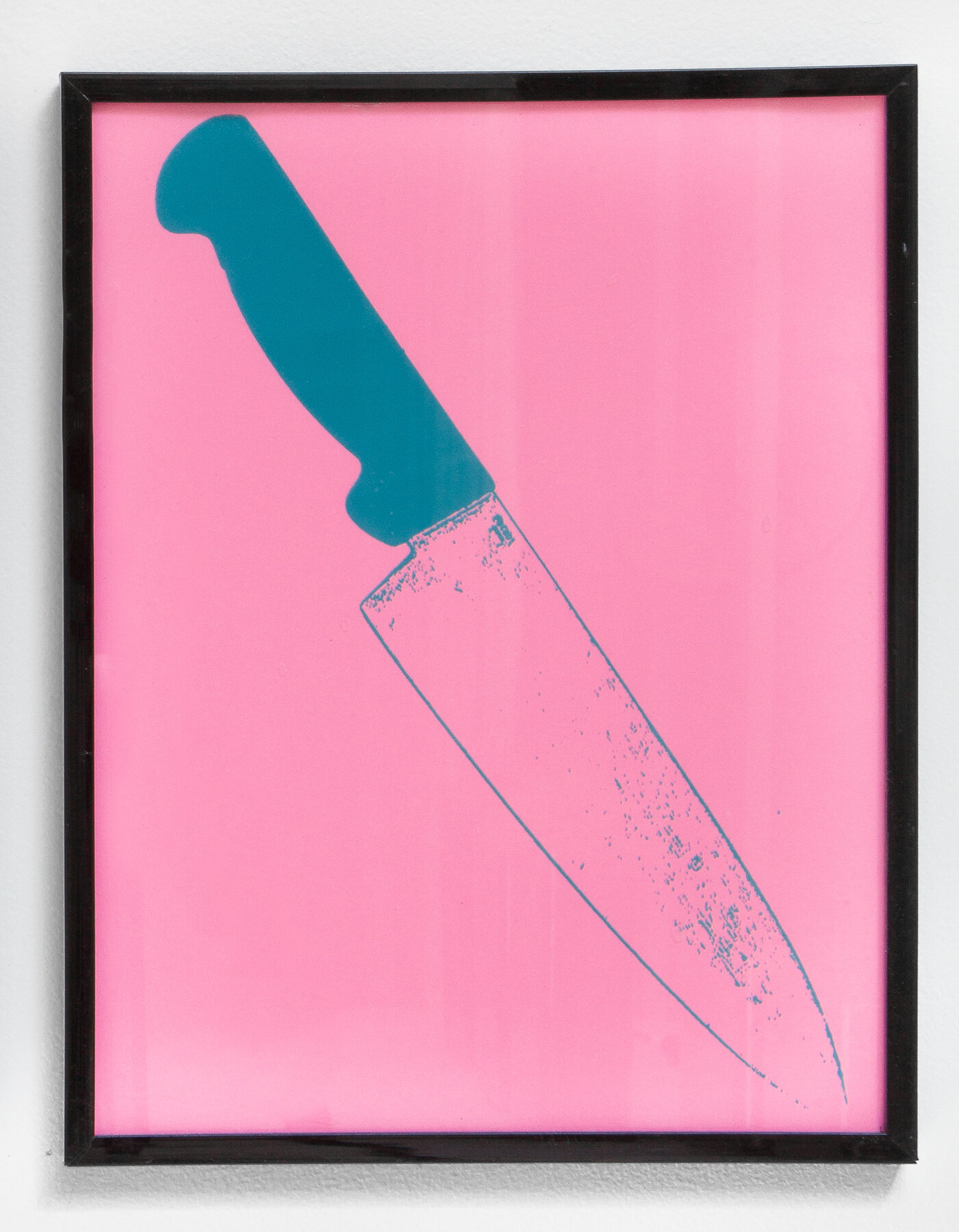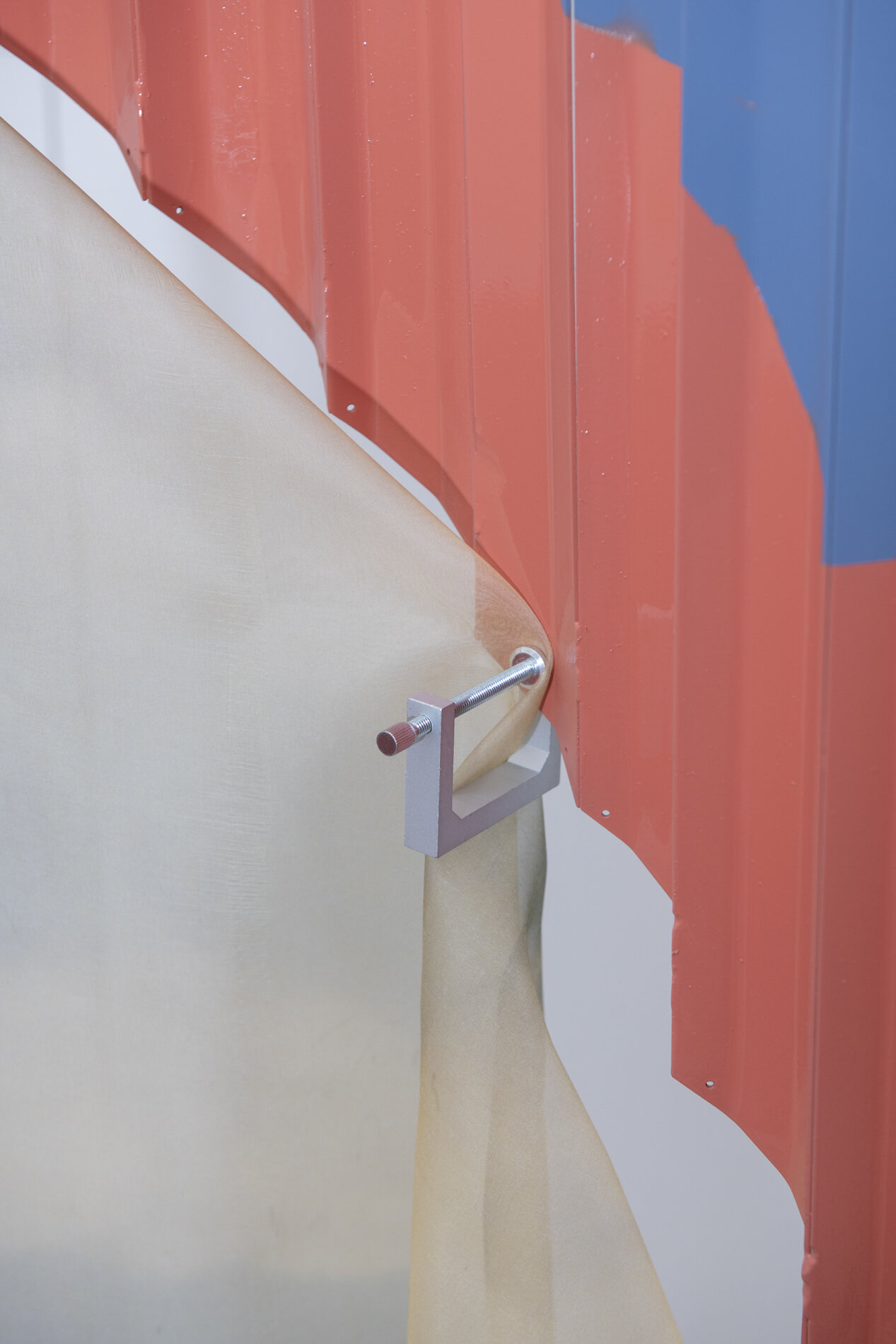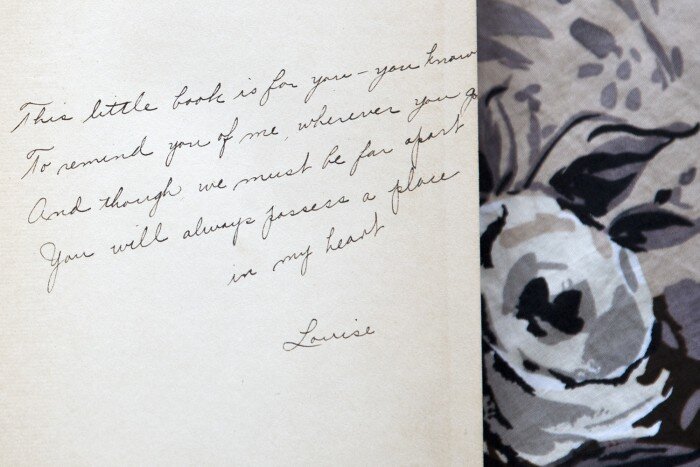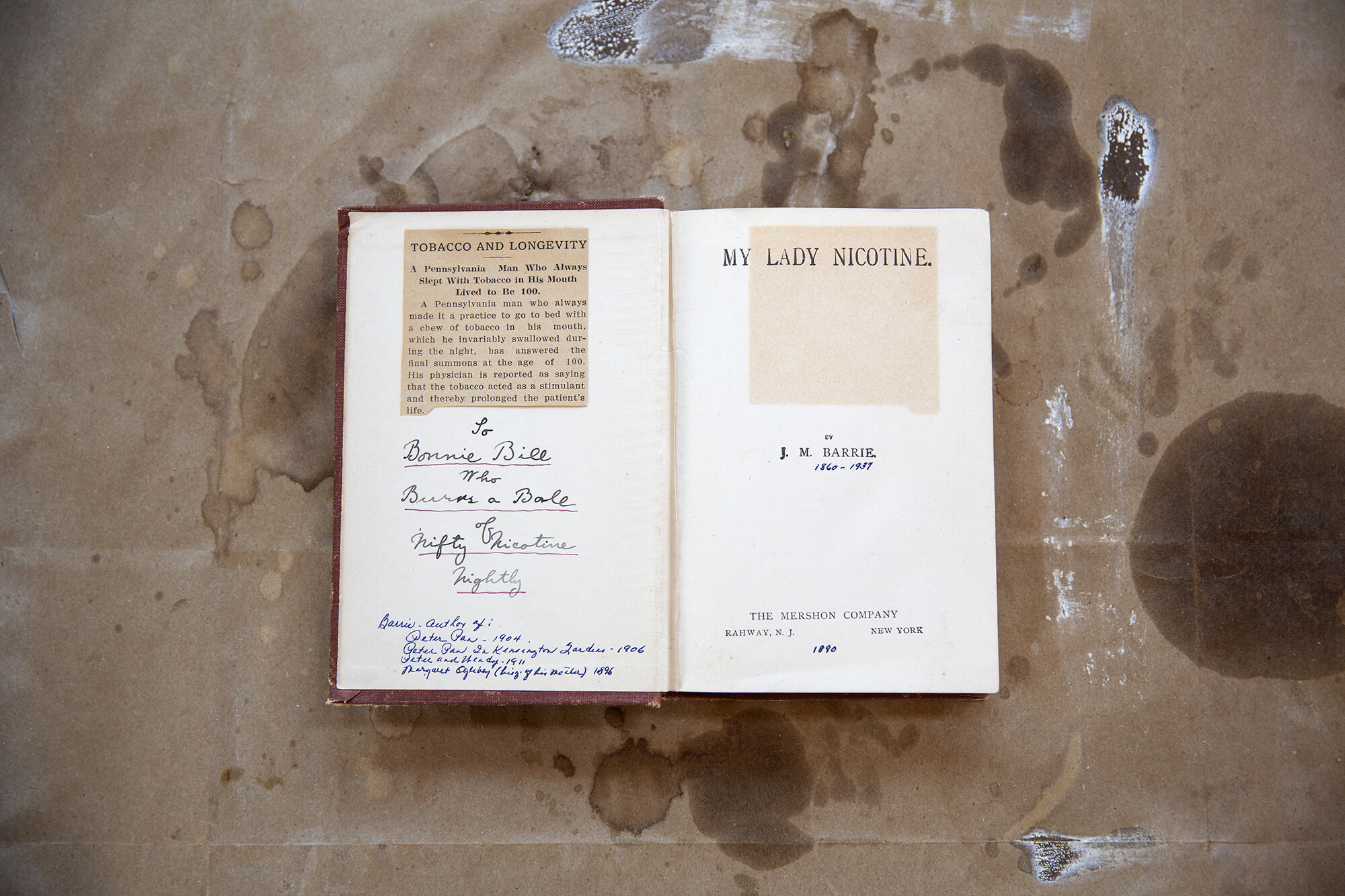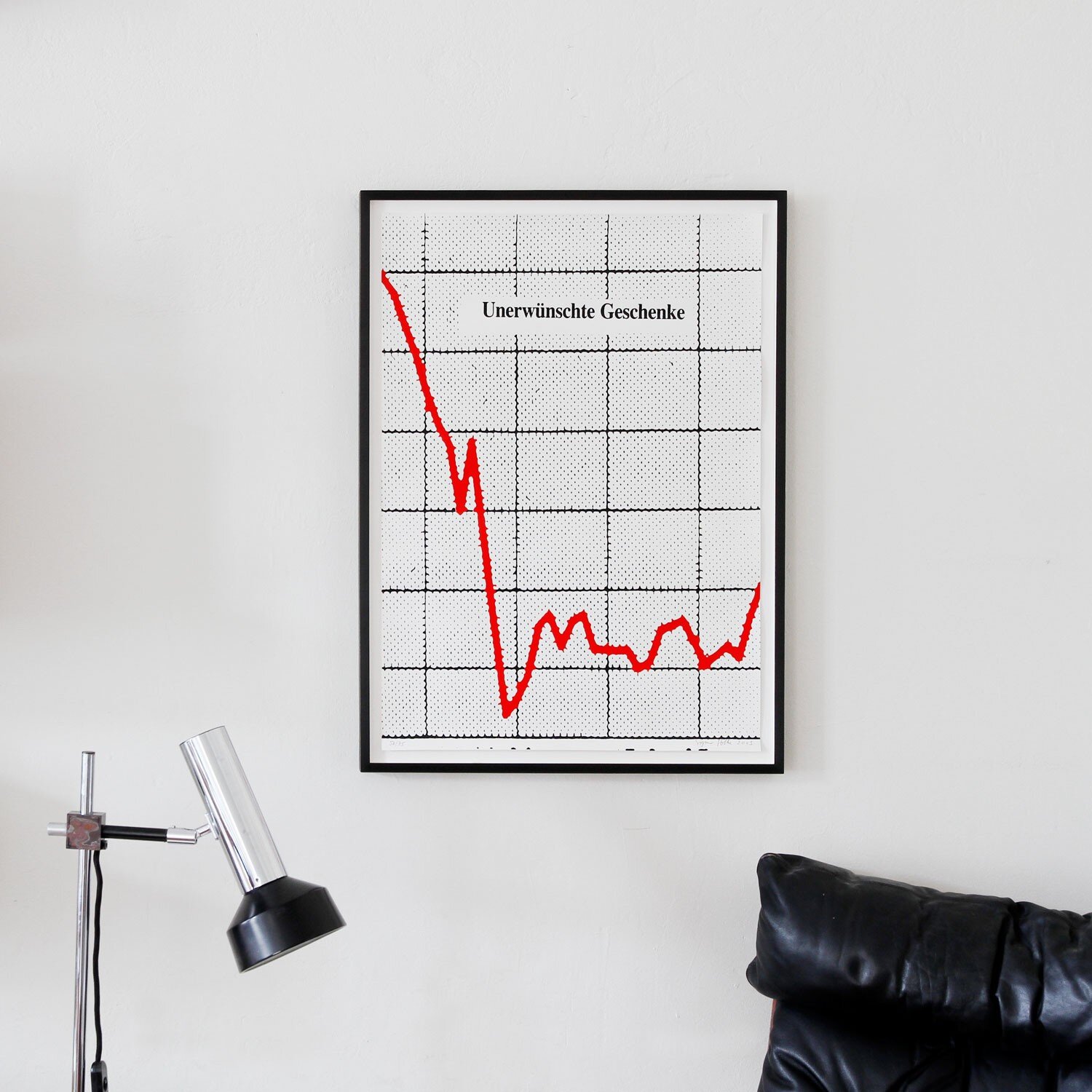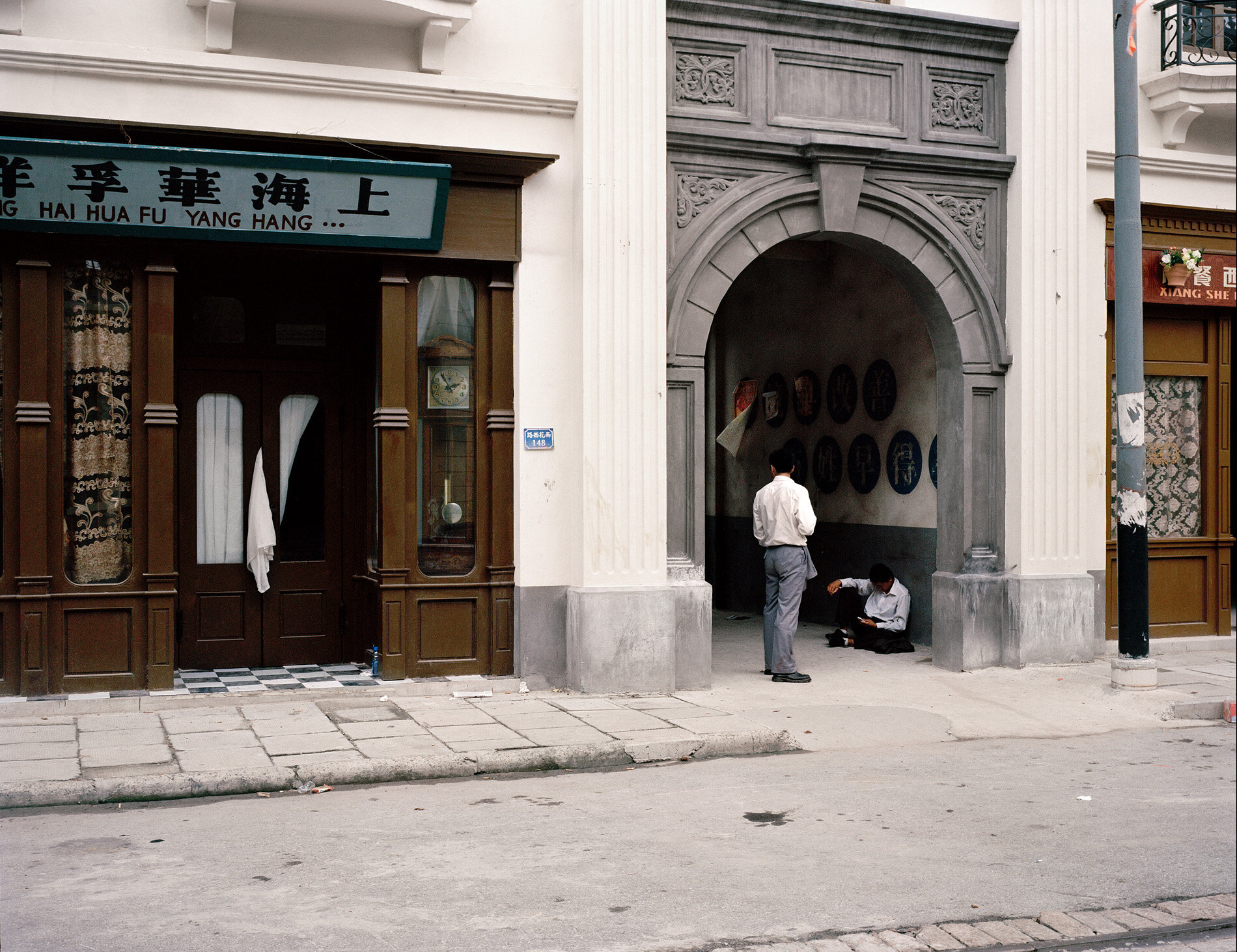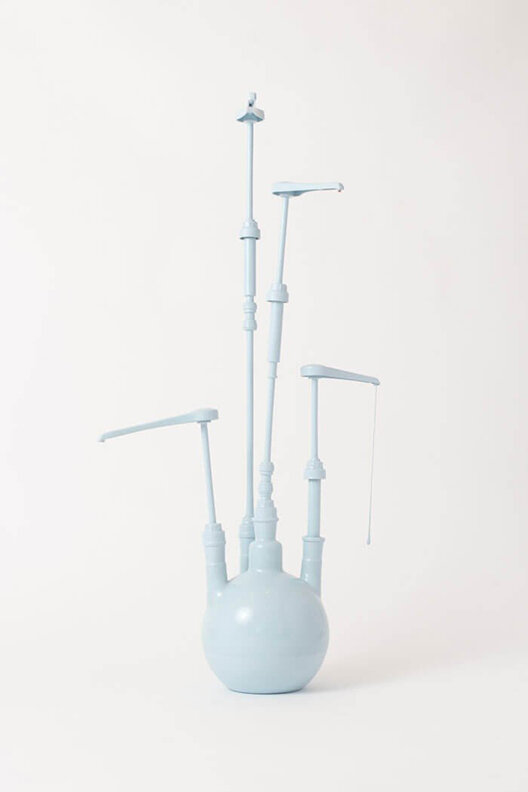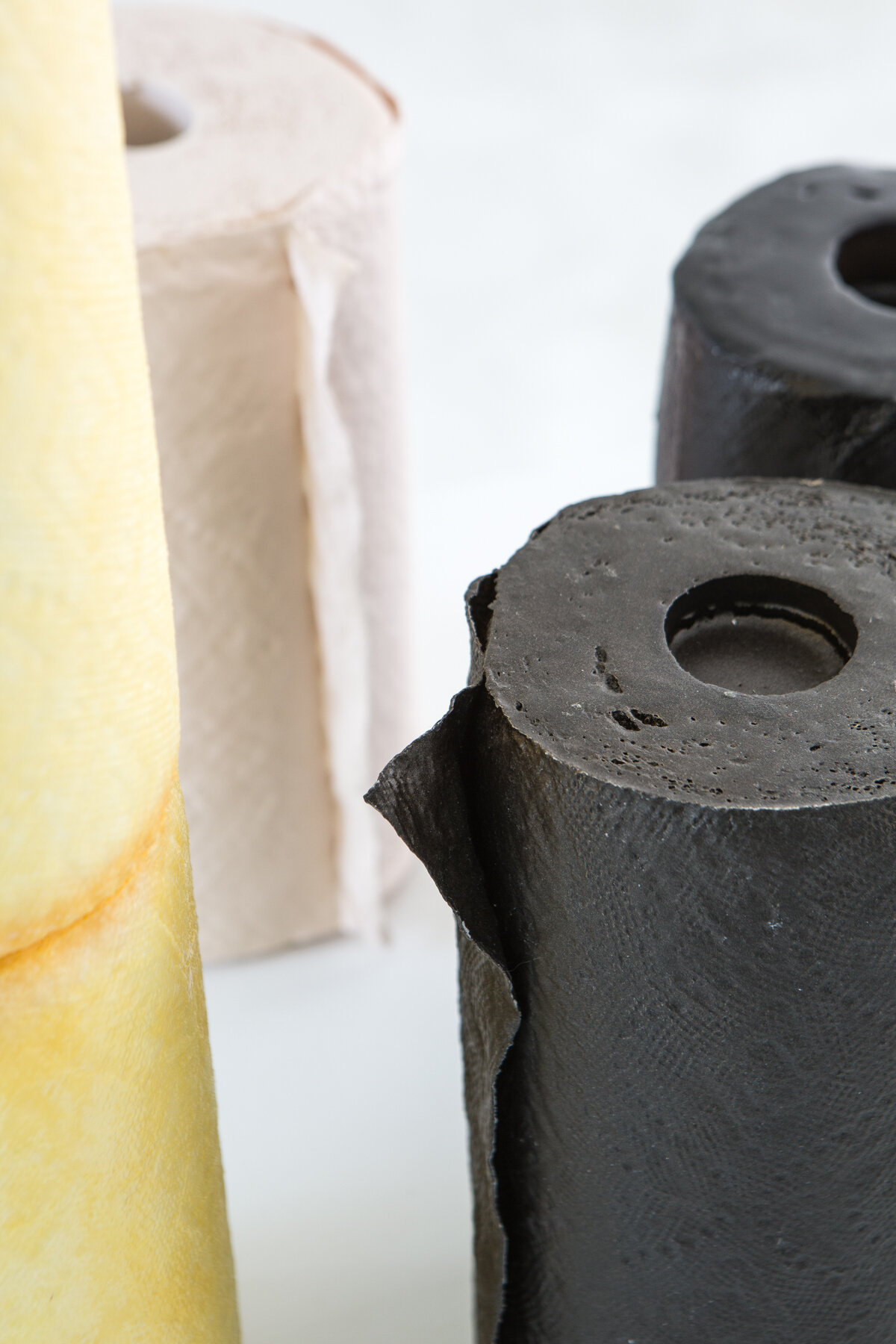RESET
For inquiries please contact the gallery:
611 Loma Linda Pl SE
Albuquerque, NM 87108
USA
+1 (505) 321 28 19
abq@birds-richard.xyz
+ About (English)
+ About (English)
“In times of crisis, we must all decide again and again whom we love.” Frank O’Hara
“Taking care of each other begins with understanding the differences.” Rebecca Solnit
Today we face a catastrophe, a tragic pandemic, which since its beginning in December 2019 has spread fast across the world. Mirroring the movements of global capitalism and tracing its injustices Covid-19 washes up the pre-existing structural and systematic inequalities in Western societies to its surface. “Coronavirus does not discriminate, because that’s what humans do,” writes the author Rebecca Solnit. Surely every human is vulnerable to the virus. However, how strong the virus affects our lives depends on our social and financial securities, as Solnit argues: “People who face racism, sexism and inequality are more likely to get sick.” The pandemic and its consequences on our usual activities seem uncanny and frightening. We all experience social isolation, but some of us have to deal with threats of their economic existence, domestic violence, and racial discrimination.
In every crisis there is also a chance for improvement. Right now, we all feel sensitive about what is happening around us, and have more time to look into our environments and rethink our standing in the world. The online exhibition Reset offers an opportunity for developing new perspectives on micro and macro levels concerning individual and collective prospects.
The pandemic affects the cultural sector enormously. All museums and galleries are closed, art fairs have been cancelled. Due to the lack of income for ticketing art institutions are facing a general existential threat—not to mention all freelancers in the creative industries. Fact is, nobody can predict the future of contemporary art world after the crisis, but it will change. To keep cultural production alive, as in all our current movements, it demands solidarity and imaginative thinking. The enforced quarantine gives art professionals enough time to reset and restructure the common practices of showing and experiencing art in digital formats.
By presenting works by over 20 artists Reset dives into most diverse artistic practices and topics of contemporary art. To name a few, the work Parish (2013) by Marnie Bettridge is probably the most intriguing in terms of reflecting on the current situation. Placing miniature houses on the edge of cliff-like sticks fixed on the wall, Bettridge’s work embodies our anxiety of losing the ground below our feet. The ceramics with the title I Always Wish my Stomach Was Small (2019) by Helen Juliet Atkins hint to the worrying prospects of increasing diseases caused by overweight such as diabetes, which first studies show will most likely increase during the pandemic due to lack of movement and calorie-heavy diet at home. Works such as Power Pumps and Super Spray (Weapons of the Anthropocene) (2019) by Jennifer Vasher are sculptures in somewhat abstract shape of a soap dispenser that can be read as both critical and ironic statement on the capitalist rituals of cleanliness, which now encounter an abnormal dominant presence in our daily lives. Chelsea Darter’s Dadsporch (2019) or Fawn’s Bed (2019) are photographic views into the inner of our homes that we might have become more familiar with than ever before. Pujan Shakupa contributed with photographs to the online presentation, which tackle curiosities in seemingly ordinary settings. Subsequent thereto, in Untitled (2020) Kristiane Kegelmann created objects made of steel and aluminum filled with organic substances such as elderflower or lavender questioning supposedly opposite qualities of materials such as stable and fluid, natural and artificial, or ephemeral and indestructible. Whereas in the works such as What does the Light Remember? (2020) Dan Hojnacki investigates the landscape surrounding Albuquerque on its historical and geological matter opening up new narratives.
A very special contribution to the exhibition is the loan from the Kuhn Collection of the work Unerwünschte Geschenke (Unwanted Gifts) by the already deceased artist Sigmar Polke from 2003. Referring to Roy Lichtenstein’s dots and the Pop Art movement, Polke once humorously declared: “I love all the dots. I am married to many dots. I want all dots to be happy. The dots are my brothers. I too am a dot. Back in the day, we all played together, but today, everyone goes their own way.” Today, Polke’s thoughts appear as a reminder to find our way back to togetherness.
What all participating artists have in common is their way of encouraging the viewer to take different paths, to find joy in abstract forms as well as in everyday expressions, and mostly to look at their environment in an unbiased and open mindset. To acknowledge that not everyone finds themselves in a privileged situation entails a positive change for future scenarios.
In addition to the online exhibition, birds + Richard organizes an online auction (C19 Auction). All profit from the auction goes into the food delivery service Sticky Fingers on Wheels that will invest into buying food from local businesses and farmers, and prepare dishes for the ones in need. Reset sends a strong message of solidarity and social activism bringing different population groups together. Feeling loneliness we experience the same distress as feeling hungry. Sticky Fingers on Wheels addresses both by delivering food and showing that everyone matters, and others care. Reset means to reconnect with family, friends, neighbors, local inhabitants, and internationally operating art professionals from different social and economic backgrounds.
+ About (German)
+ About (German)
“In times of crisis, we must all decide again and again whom we love.” Frank O’Hara
“Taking care of each other begins with understanding the differences.” Rebecca Solnit
Heute stehen wir vor einer Katastrophe, einer tragischen Pandemie, die sich seit ihrem Beginn im Dezember 2019 schnell über die ganze Welt verbreitet hat. Als Spiegel der Bewegungen des globalen Kapitalismus und auf der Spur seiner Ungerechtigkeiten bringt Covid-19 die bereits bestehenden strukturellen und systematischen Ungleichheiten in den westlichen Gesellschaften an die Oberfläche. "Coronavirus diskriminiert nicht, denn das ist es, was Menschen tun", schreibt die Autorin Rebecca Solnit. Sicherlich ist jeder Mensch anfällig für das Virus. Wie stark das Virus unser Leben beeinträchtigt, hängt jedoch von unseren sozialen und finanziellen Sicherheiten ab, wie Solnit argumentiert: "Menschen, die mit Rassismus, Sexismus und Ungleichheit konfrontiert sind, werden mit größerer Wahrscheinlichkeit krank.“ Die Pandemie und ihre Folgen für unsere gewohnte Tätigkeiten scheinen nahezu unheimlich und beängstigend. Wir alle erleben soziale Isolation, aber einige von uns haben mit der Bedrohung ihrer wirtschaftlichen Existenz, häuslicher Gewalt und Rassendiskriminierung zu kämpfen.
Jede Krise birgt auch eine Chance auf Verbesserung. Gerade jetzt fühlen wir uns empfänglich für das, was um uns herum geschieht, und haben mehr Zeit, uns mit unserem Umfeld auseinanderzusetzen und unsere Stellung in der Welt zu überdenken. Die Online-Ausstellung Reset bietet die Möglichkeit, auf Mikro- und Makroebenen neue Sichtweisen für individuelle und kollektive Perspektiven zu entwickeln.
Die Pandemie hat enorme Auswirkungen auf den Kultursektor. Alle Museen und Galerien sind geschlossen beziehungsweise eröffnen langsam unter strikten Auflagen, Kunstmessen wurden abgesagt. Aufgrund fehlender Einnahmen für die Eintritte sind Kunstinstitutionen einer allgemeinen existenziellen Bedrohung ausgesetzt - ganz zu schweigen von allen Freiberuflerinnen in der Kreativwirtschaft. Tatsache ist, dass niemand die Zukunft der zeitgenössischen Kunstwelt nach der Krise vorhersagen kann, aber sie wird sich verändern. Um die kulturelle Produktion am Leben zu erhalten, erfordert sie, wie in allen unseren gegenwärtigen Bewegungen, Solidarität und kreatives Umdenken. Die erzwungene Quarantäne gibt den Kunstschaffenden genügend Zeit, die gängigen Praktiken des Zeigens und Erlebens von Kunst in digitalen Formaten neu zu ordnen und umzustrukturieren.
Mit der Präsentation von Werken von über 20 Künstlerinnen taucht Reset in verschiedenste künstlerische Praktiken und Themen der zeitgenössischen Kunst ein. Um nur einige zu nennen: Das Werk Parish (2013) von Marnie Bettridge ist wahrscheinlich das faszinierendste in Bezug auf die Reflexion der aktuellen Situation. Indem sie Miniaturhäuser auf den Rand von an der Wand befestigten, klippenartigen Holzstöcken stellt, verkörpert Bettridges Werk unsere Angst, den Boden unter den Füßen zu verlieren. Die Keramiken mit dem Titel I Always Wish my Stomach Was Small (2019) von Helen Juliet Atkins weisen auf die beunruhigenden Aussichten auf eine Zunahme der durch Übergewicht verursachten Krankheiten wie Diabetes hin, die den ersten Studien zufolge während der Pandemie aufgrund von Bewegungsmangel und kalorienreicher Ernährung zu Hause höchstwahrscheinlich zunehmen werden. *
Arbeiten wie Power Pumps und Super Spray (Weapons of the Anthropocene) (2019) von Jennifer Vasher sind Skulpturen in der abstrakten Form eines Seifenspenders, die sowohl als kritische als auch ironische Stellungnahme zu den kapitalistischen Ritualen der Sauberkeit gelesen werden können, die nun auf fast schon abnormale Art und Weise in unserem täglichen Leben präsent sind. Dadsporch (2019) oder Fawn's Bed (2019) von Chelsea Darter sind fotografische Einblicke in das Innere unserer Häuser, mit denen wir vielleicht vertrauter geworden sind als je zuvor. Pujan Shakupa trug mit Fotografien zu der Online-Ausstellung bei, die sich mit Kuriositäten in scheinbar gewöhnlichen Umgebungen auseinandersetzen. Im Anschluss daran schuf Kristiane Kegelmann im Werk Untitled (2020) Objekte aus Stahl und Aluminium, die mit organischen Substanzen wie Holunderblüten oder Lavendel gefüllt sind und vermeintlich gegensätzliche Eigenschaften von Materialien wie stabil und flüssig, natürlich und künstlich oder vergänglich und unzerstörbar in Frage stellen. Wohingegen in den Arbeiten wie What does the Light Remember? (2020) Dan Hojnacki die Landschaft um Albuquerque auf ihre historische und geologische Materie untersucht und damit neue Narration andeutet.
Ein ganz besonderer Beitrag zur Ausstellung ist die Leihgabe aus der Sammlung Kuhn mit dem Werk Unerwünschte Geschenke des bereits verstorbenen Künstlers Sigmar Polke aus dem Jahr 2003. Mit Bezug auf Roy Lichtensteins Punkte und die Pop-Art-Bewegung hat Polke einmal humorvoll erklärt: "Ich liebe alle Punkte. Ich bin mit vielen Punkten verheiratet. Ich will, dass alle Punkte glücklich sind. Die Punkte sind meine Brüder. Auch ich bin ein Punkt. Früher haben wir alle zusammen gespielt, aber heute geht jeder seinen eigenen Weg." Heute erscheinen Polkes Gedanken wie eine Mahnung, den Weg zurück zum Miteinander zu finden.
Allen teilnehmenden Künstlerinnen und Künstlern gemeinsam ist die Art und Weise, wie sie den Betrachter ermutigen, unterschiedliche Wege zu gehen, Freude an abstrakten Formen wie auch an alltäglichen Ausdrücken zu finden sowie meist unvoreingenommen und offen auf ihre Umwelt zu blicken. Anzuerkennen, dass nicht jeder sich in einer privilegierten Situation befindet, bedeutet eine positive Veränderung für zukünftige Szenarien.
Zusätzlich zur Online-Ausstellung organisieren birds + Richard eine Online-Auktion (C19 Auction). Der gesamte Gewinn aus der Auktion geht an den Lieferdienst Sticky Fingers on Wheels, der in den Kauf von Lebensmitteln von lokalen Unternehmen und Bauern investiert und Gerichte für die Bedürftigen zubereitet. Reset sendet eine starke Botschaft der Solidarität und des sozialen Aktivismus aus, die verschiedene Bevölkerungsgruppen zusammenbringt. Wenn wir uns einsam fühlen, erleben wir die gleiche Bedrängnis wie, wenn wir uns hungrig fühlen. Sticky Fingers on Wheels wendet sich sowohl an die Menschen, indem es ihnen Essen bringt, als auch indem es ihnen zeigt, dass alle wichtig sind und andere sich um sie kümmern. Reset bedeutet, wieder mit Familie, Freunden, Nachbarn, Einheimischen und international tätigen Kunstschaffenden mit unterschiedlichem sozialen und wirtschaftlichen Hintergrund in Kontakt zu treten.
Installation Shots
Exhibition in Albuquerque, NM (by appointment only). Not all of the works of this online exhibition are shown.
